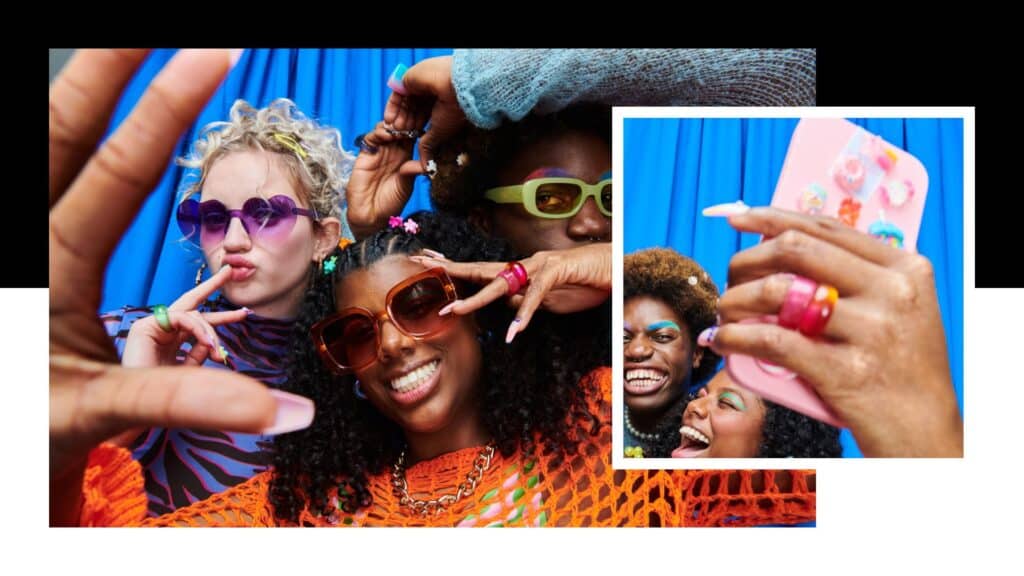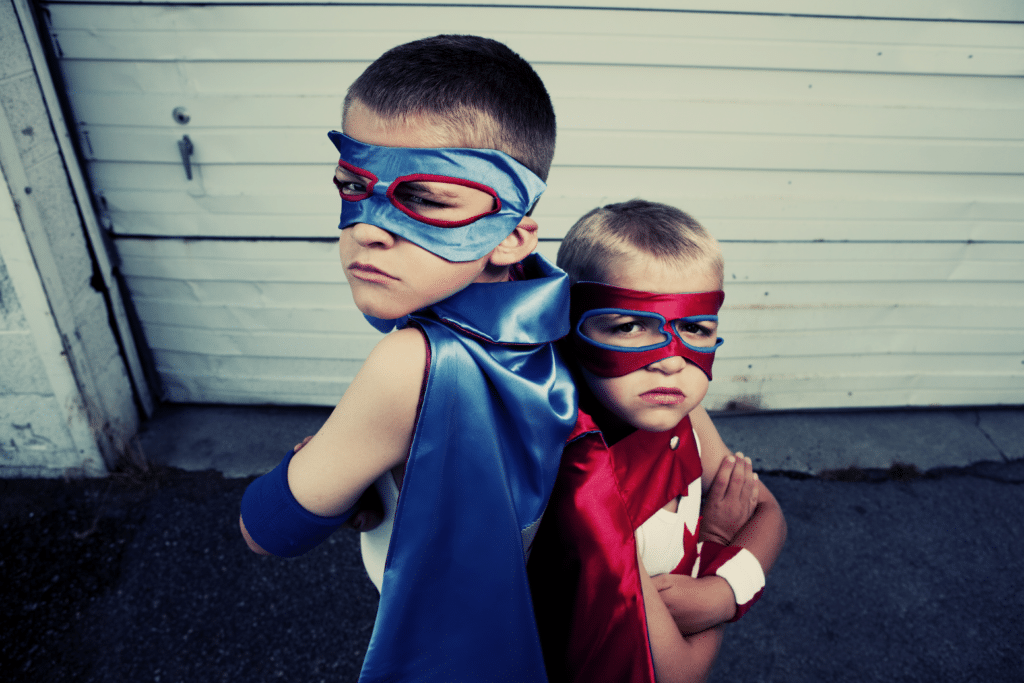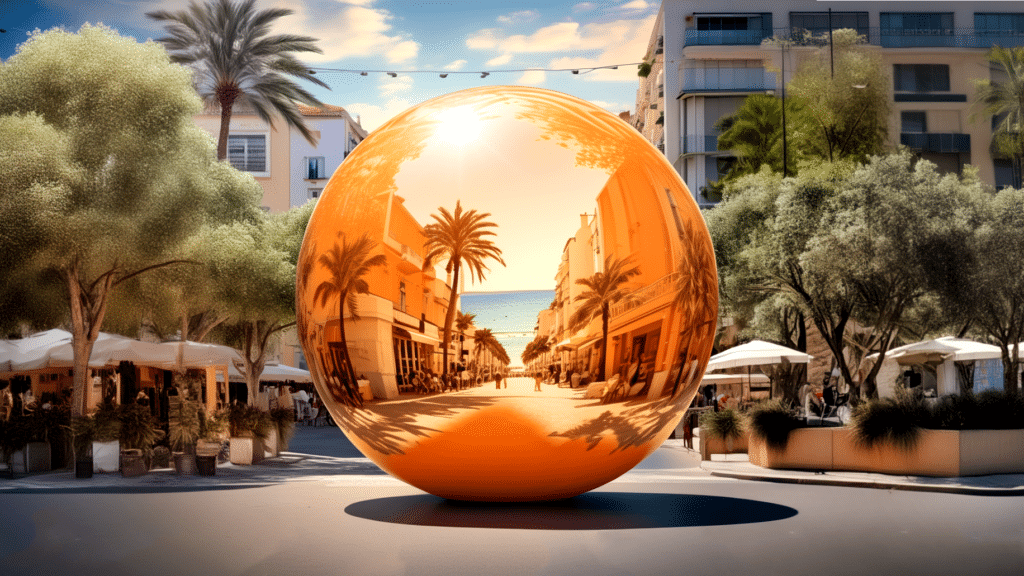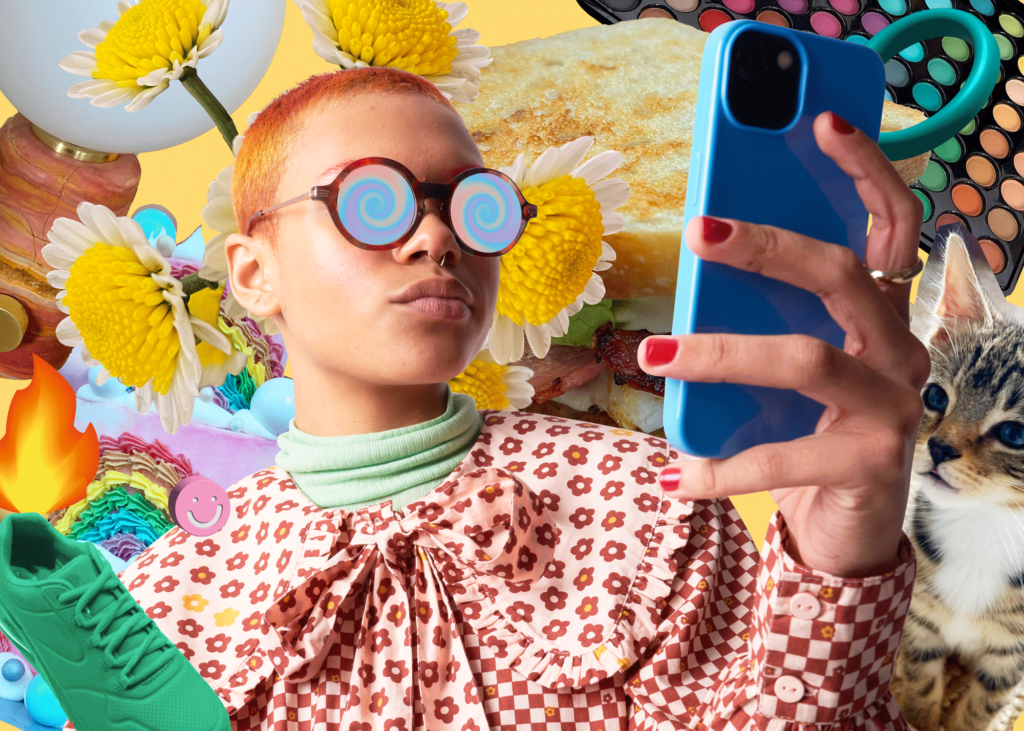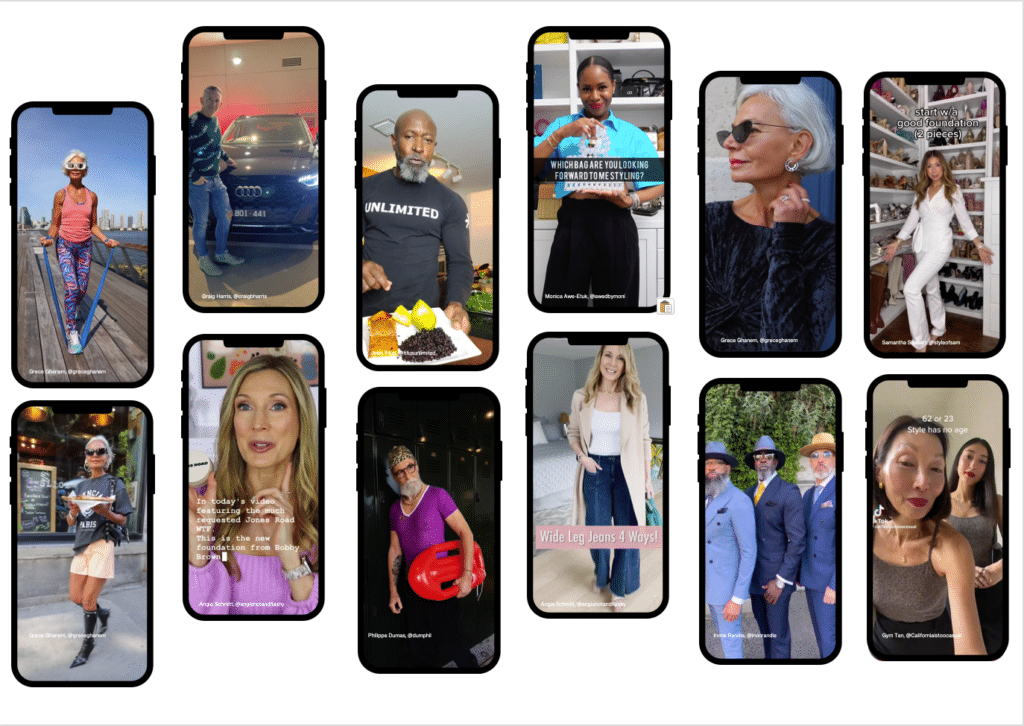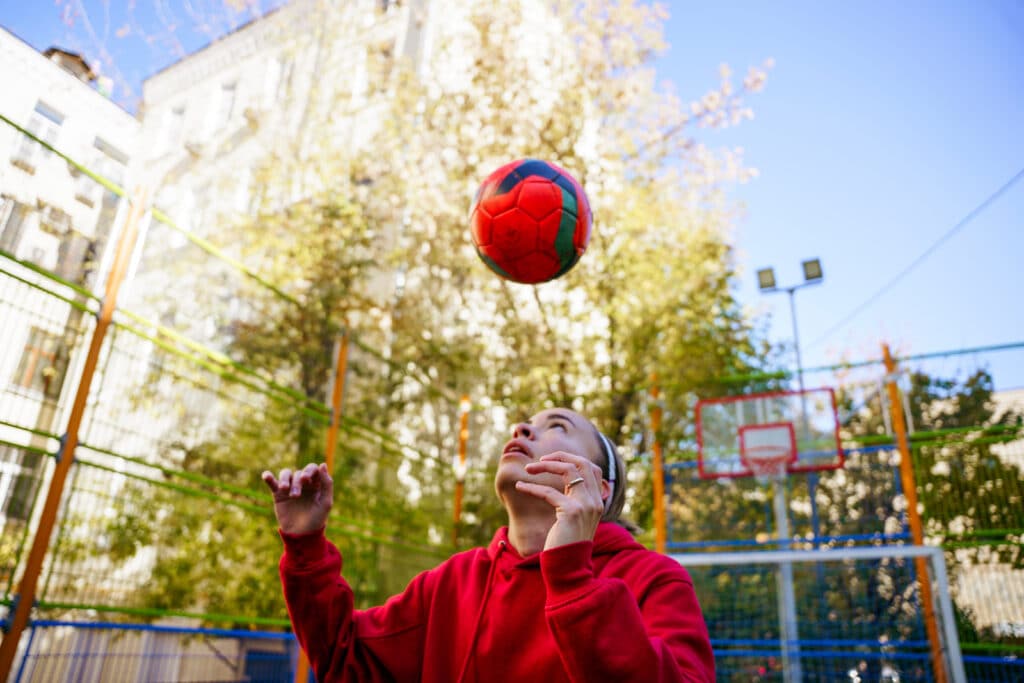Influencers are now one of the most important touchpoints for so many brands, yet often they are not planned with as much rigour as other media channels – or given the same priority during budget setting.
Why? Often the issue comes down to organisational structure. Traditionally influencer marketing sat in PR and/or Content teams (in-house or in-agency) and these teams treated bloggers and vloggers much the same as they do journalists. They were exceptional at relationship building but had very different marketing objectives and metrics than Media teams, who were accountable for full funnel brand-building and conversions.
As major social platforms became pay-to-play for brands and developed advertising models that favoured human content over brand messaging, influencers became the only reliable way to reach audiences via an ‘organic’ content strategy. Seeding, gifting, invites to exclusive events and a non-regulated payment structure have created an influencer marketplace that’s difficult to plan for with the same level of rigour and reliability as a media plan, but when done right, the adoration from keen fans and followers can turn a brand or product into an overnight success. Conversely, Media teams may have big budgets and valuable touchpoint expertise, but they do not always utilise influencers due to their perceived low performance against traditional media metrics
This legacy divide can prevent brands taking full advantage of the booming growth opportunity that is creator commerce. Most are not even aware there’s a problem, because each team or silo is operating well and hitting their own targets.
As a network of specialists inside WPP, we’ve assembled our experts to accurately reflect the needs of modern-day influencer planning, integrating clients’ spend into their overall investment. Our work in this area is primed to drive algorithmic consumption, build micro-communities, ease friction at the point of conversion and ultimately leverage influencer content to drive commerce.
The WPP collective of global creator experts in our media and creative agencies have been further bolstered by the acquisition in 2023 of Goat, the world’s biggest performance influencer outfit. We’ve built integrated models to unlock the full power of targeted and measurable creator marketing for clients including L’Oreal and Coca-Cola.
Global Client President Alex Altman describes the benefits of this approach for L’Oréal: ‘WPP Onefluence (a combination of Wavemaker, Ogilvy, Goat, Village and Obviously) allows for a standardised approach to innovation and excellence in influence that serves L’Oréal’s complex portfolio needs. Our integrated solution delivers everything from focused creator campaigns to integrated influencer IP across every touchpoint on the media plan.’
We’re currently testing this integrated content-to-commerce approach on Amazon, where WPP’s media investment arm GroupM has exclusive rights to deliver creator content for our clients on the retail DSP in a global collaboration with Amazon Ads developed by Goat. A recent test for confectionary and chewing gum giant Perfetti Van Melle delivered an average x3 higher click-through rate on influencer creative compared to brand creative.
Influencers are a proven and always-on solution built into the fabric of the media strategy we’ve developed for Audible. As Lynn Sladowski, Content & Partnerships Group Director, describes it: “Goat is an integrated part of the OneAudible team, enabling influencers to be deeply connected to business objectives and the broader messaging strategy. Our always-on influencer approach serves many benefits – amplifying major brand initiatives, responding with agility to fast-moving opportunities and filling messaging gaps across the broader creative and media plan.”
Hyper-digital disruptor brands are another great source of inspiration and learning in this area. One of our UK clients, e.l.f. Cosmetics, was built on an agile, integrated model with room for faster planning and a greater connection between influencer marketing and media. The brand’s ability to move fast allows them to react quickly to culture and build experiences for their audience across touchpoints. As just one example, within eight weeks of the iconic series finale of The White Lotus, e.l.f. took the show’s star Jennifer Coolidge into a viral Superbowl TVC moment with Baby Dolphin Skin. This was unpacked across their social platforms by content creators who built a social trend that allowed their message to live far beyond a single moment on linear TV.
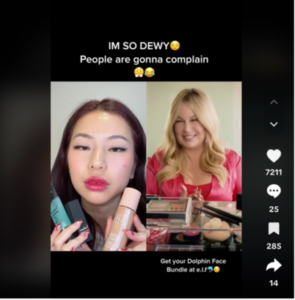
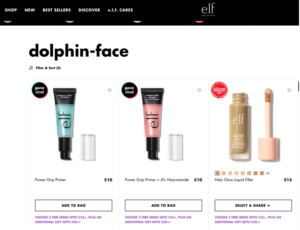
An end to influencer silos is the real start of a journey into creator commerce. Our research shows that influencer creative out-performs brand creative across all tested touchpoints, with a typical uplift of 25% – more if we layer in strategic personalisation and contextual relevance via Addressable Influence.
Brands and agencies both need to ensure we’re allocating influencer budget across touchpoints on every media plan and testing our way to growth. We should all be shifting our operating model towards integrated ecosystem planning across media, PR and creative; only then can we report holistically on the performance of influence and unlock its commercial potential.


